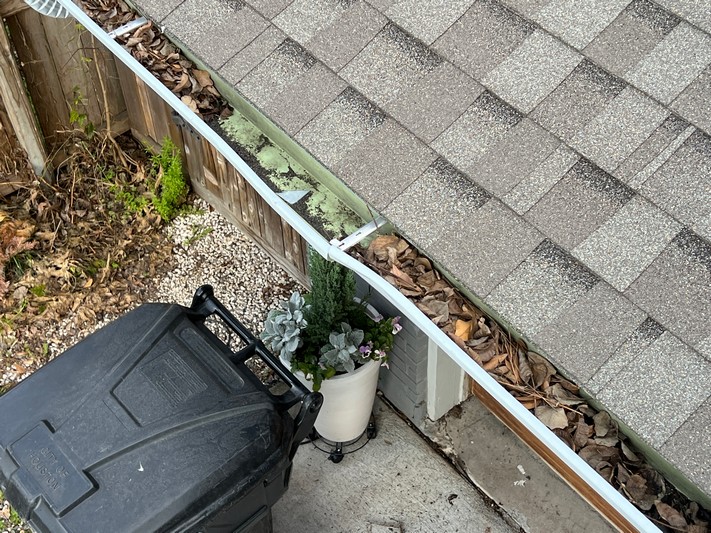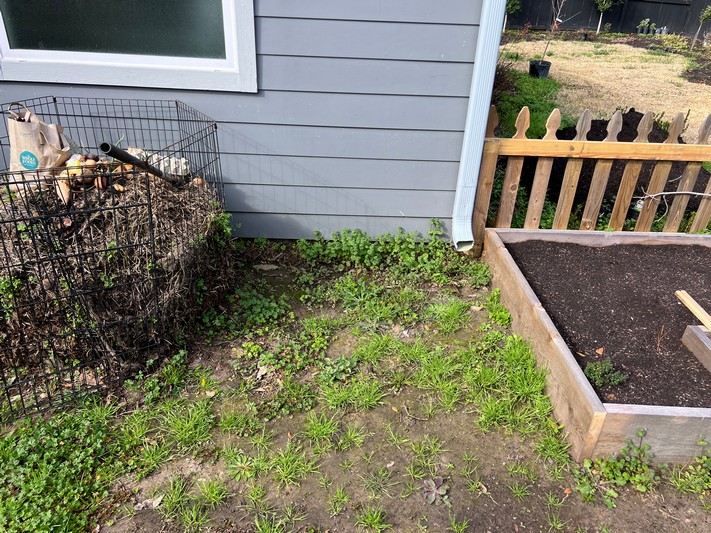Gutter Maintenance
The flowers are starting to bloom, and spring has sprung (March 1-May 31) with all the maintenance the comes with it. One often overlooked maintenance item is cleaning of gutter systems and doing any necessary repairs to ensure they are functioning after the cold bluster of winter where they were likely loaded with water, leaves, and debris because we often ignore them in the cold of winter.
Why do I need Gutters?
You may wonder why you need gutters at all. Gutters should be installed where a building has a minimal eave width along the drainage edge of the roof. Depending upon your interpretation gutters are required under the International Residential Code (801.3) as a method of carry water away from the foundation when it is resting on collapsable soil or expansive soils typical in the Houston area; however, this is seldom enforced. Gutters are intended to manage water running off the building’s roof and carry it away from the building reducing the potential for water entry, to prevent damage to claddings elements (siding, windows, and trim), prevent damage to the foundation due to erosion of soil.
Clean and Checking Gutters for Damage
Gutters should be checked monthly during the fall and winter, with a final full evaluation of the gutters in the spring. Over the winter months gutters collect more debris than usual as it is washed down the roof and can become damaged due to falling limbs. Even gutters with protective covers should be inspected for debris; although, at greater intervals of probably a year depending upon the type of cover as small debris can still enter them or cover them and could become trapped and build up. If the gutters are found to be full of debris, they should be cleaned including the downspouts and drains if required.
Gutters as a System
During the spring evaluation gutters should be treated as a system. A gutter system is made up of the gutters, downspouts, building attachments, and drain system. You should evaluate not only the gutters for debris but also to ensure gutters and downspouts are not damaged and all the elements of the system are in good condition.
Clean the gutters at the lower edges of the roof.
- Evaluate the pitch of the gutters to determine if they require adjustment. Poorly pitched gutters can hold water and debris.
- Check that the gutters are secured to the building properly. Loose gutters will sag and hold water which can cause further damage.
- Check the downspout elbows to make sure they are attached and that they are not bent or damaged in a way that will reduce flow or allow debris to collect.
- Check gutter downspouts, especially those that terminate over roof surfaces for debris or clogging which could allow the gutter system to hold water. Make sure their attachment to the building is not damaged.
- If your gutters are connected to a drain system flush the system at each downspout and make sure it is flowing. You may need a plumber to test underground systems if clogs or damage is suspected.
- If you are using splash blocks at the downspout discharge, make sure they slope away from the foundation and are oriented to drain away from the building.
Safety
Great care should be taken when working in high places or off a ladder to maintain safe practices. If you are not trained and competent on a ladder or on high roof surfaces, then you should hire a qualified contractor for your evaluation and repair activities. Some gutter contractors and roofing contractors will clean and repair gutters as part of an overall inspection of this system.



Recent Comments